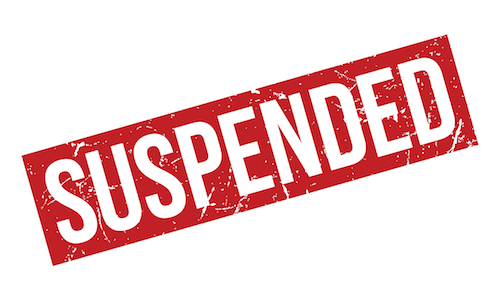SEPT. 25
- Electronic deadline at 7 p.m. (a self-imposed deadline—it’s really midnight).
- Proofread for error correction only.
- Verify correctness of formatting (no headings at bottom of page, etc.).
- Spot-check hyperlinks.
SEPT. 24
- Hyperlink citations to the record.
- Hyperlink citations to the cases.
- Fact-check all case citations.
- Fact-check all quotations word for word, character for character.
- Prepare table of authorities.
SEPT. 23
- Serial editing by three crackerjack editors who have never seen the brief (one reader at a time in the morning, noon and late afternoon). Their goals are to (1) correct any errors, (2) tighten wordings, (3) sharpen vague assertions and (4) brighten the wordings to make the prose less dull.
- Paralegal must verify that all edits have been properly entered.
- Lead brief-writer must approve which edits go into the master version.
SEPT. 22
- Two read-throughs by each team member with whatever edits, additions or subtractions seem desirable: one set of edits to be handed over at 3 p.m.
- Verify that all necessary arguments have been properly addressed.
- Verify that all factual matters have been pinned to the record as closely as possible. The person who verifies the statement of facts must be someone other than the second-chair lawyer who wrote it. Every sentence in the statement of facts must be tied to the record with a citation. Any argument must be stripped out of this section.
- Ensure that the issue statements match up nicely with the point headings—and that their order corresponds. Double-check the word count to make sure that no single multisentence issue exceeds 75 words.
SEPT. 21
- A senior team member who attended yesterday’s focus group continues rewriting the brief in light of what happened there.
SEPT. 20
- Focus group: Five smart lawyers from outside the firm spend two hours adjudicating the case in a controlled environment. Ultimately, they vote as if they were judges, giving short, written reasons for the outcome. They mustn’t know which side of the case you’re on. They’ve done a conflicts check and understand that the entire exercise is confidential. In light of what happens here, a senior team member rewrites the brief this evening and Sept. 21 to overcome whatever problems your five-member panel had with your side.
SEPT. 19
- Ensure that the brief is in apple-pie form: all record citations filled in, all case citations verified, everything proofed to make the brief read well. This is the point at which many people would be ready to file the brief. But it can still be greatly improved.
SEPT. 18
- The lead lawyer assembles the brief by beginning with the point headings and choosing the text that supports and develops them. He or she designates which parts are to go under what point headings and in what order. For each point heading, the lead lawyer has two versions to select from and will probably use elements of both versions to create a much better version than either of the two that have been submitted.
- Delete and replace the following stereotypical words and phrases to make the brief sound less generic. For However, use a case-sensitive search:
- absent (in its legalistic adverbial use)
- accordingly
- consequently
- in the event that
- However
- moreover
- prior to
- pursuant to
- subsequent
- thus
- The second-chair lawyer writes the statement of facts with the instruction to avoid all argument, conclusory assertions, and characterizations.
SEPT. 17-16
- Have team members write the brief as quickly as possible while free from all distractions. All handheld devices and computer prompts are turned off.
- It’s possible to have the argument under each point heading written by two team members who aren’t allowed to collaborate or compare notes. They must work independently. On Sept. 17, their work is presented to the lead lawyer.
- The lead lawyer coolly writes the introduction and the conclusion—each one distinctive, and each one absolutely free of disparagement and sarcasm but showing a little literary flair.
SEPT. 16
- Prepare a table of contents for the argument section, showing the point headings (complete sentences of 15 to 35 words).
- Ensure that each stage of the argument progresses from major premise (law) to minor premise (facts), followed by refutation of counterarguments. The dialectic engagement with opposing views is important at each stage.
- Prepare multisentence (“deep”) issue statements of up to 75 words apiece. Arrange the sentences syllogistically. They must be self-explanatory and fully comprehensible on a single reading to someone not involved in the case.
- These two steps can be done in a conference room at a whiteboard. All participants work in silence at first (for up to 15 minutes at a stretch) and then together.
SEPT. 15–14
- Write case briefs for the five most important precedents that bear on your argument. Meanwhile, keep researching.
SEPT. 13–9
- Read and reread the record. Reflect. Brainstorm. Take notes on the record, categorizing record citations according to the points you want to make.
- Research the law with tenacity and ingenuity. Try to “get” the arguments.
EARLY SEPTEMBER
- You’re retained to work on an appellate brief, which will be due Sept. 25.
- Discuss the matter in great detail with the trial lawyers. Come to an understanding of why they think they should win on appeal.




